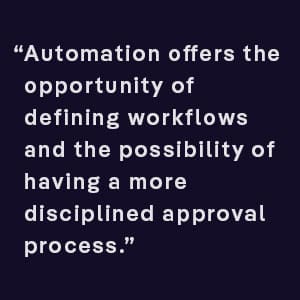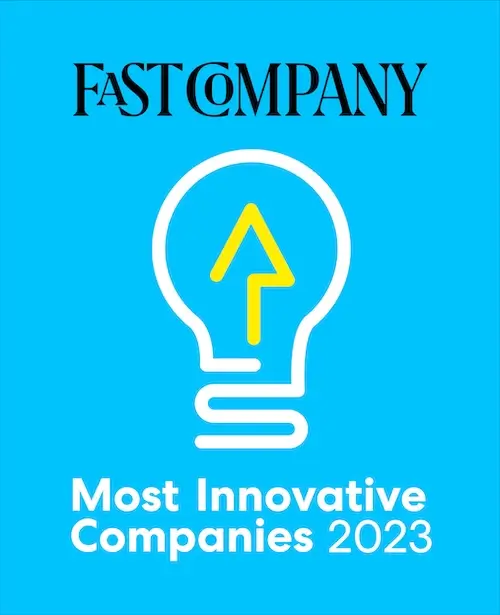Nearly a decade ago, the International Association for Contract and Commercial Management (now World Commerce & Contracting) published its highly cited “The Ten Pitfalls” report — highlighting the top factors behind contract value erosion and working out that companies lose an average of 9.2 percent of the anticipated value of contracts.
Since that 2014 paper, estimates from leading consultancies have supported — and even supplemented — World CC’s original findings. In fact, the situation has been shown to be considerably worse. Things like regulatory requirements, market volatility, and geopolitical uncertainty have all made contracting that much more complicated and unpredictable. Contracting is not a wholly integrated process in most organizations either, as contract generation, selection, drafting, negotiation, and implementation are distributed across the enterprise, and contract-affiliated data is contained in systems with no consolidated view of portfolio performance.
The good news is that as legal departments and contracting teams move toward digitizing their processes, transformational technology like artificial intelligence (AI) is gathering pace. Here are three of the common contracting pitfalls — as shown in World CC’s and ContractPodAi’s 2021 “Overcoming the Ten Pitfalls” report — and a few of the ways that AI helps to tackle contract erosion and transform the value of agreements.
1. Unclear Goals and Scope
These days, putting together and examining legal requirements is flat-out challenging. However, even more, difficult is translating those requirements into clearly stated goals or desired outcomes. That is due in part to business unit personnel and technical teams using inconsistent language and terminology. They may also have trouble separating “nice-to-haves” from “must-haves,” or understanding the implications or costs of capabilities. Consequently, it often takes multiple stakeholders to convert requirements into a set of defined goals and an outline of scope.
If this is not done as effectively as possible, a number of issues can happen further down the road. Bidding and negotiation processes may be prolonged, and during post-award delivery, disagreements and potential claims or disputes can occur far too easily. (This particular pitfall is one of the leading causes of contract value erosion for buyers and suppliers.)
Fortunately, though, automation offers the opportunity of defining workflows and the possibility of having a more disciplined approval process.
AI goes a long way in identifying similar projects and supporting the replication of the most successful approaches. It includes natural language processing to optimize the use of language and consistency of terminology. It highlights risks and ensures that the right experts are involved in contract review and approval. In this way, AI helps both buyers and suppliers handle the challenge of reviewing and identifying legal requirements.
2. Late Involvement of Legal or Commercial Team
“Being involved too late” is one of the most common complaints by legal and commercial professionals, according to World CC’s and ContractPodAi’s recent findings. As a matter of fact, more than 50 percent of professionals consider this to be a “frequent issue” that only creates sub-optimal contract terms and, of course, delays.
Whenever assumptions or commitments are made around inappropriate contract terms, the latter need to be re-negotiated mitigated through rather burdensome risk provisions. And engagement can be delayed simply because of an ill-defined process, a lack of guidance for technical or business unit personnel, the operational workload of legal and commercial teams — and the deliberate exclusion of the same (Unfortunately, legal and contracting teams are still considered to be ‘the departments of no.’)
Here, too, automation has a significant role to play. In some companies, intelligent questionnaires are embedded into opportunity management systems like CRMs. They then issue warnings or alerts for non-standard terms or a full-on legal review. In others, AI is used to support the analysis of project or contract portfolios. This could be based on similar types of acquisition or sale, a basic understanding of industry norms, or even a consolidation of previous experiences with a given customer or supplier. Just as a side note, this approach may permit the use of standardized language in RFx questions or responses, or allow the use of pre-approved exceptions to contractual terms.
3. Focus on Incorrect Terms and Risks
According to financial and legal theory, risk transfer is the preferred approach to risk management. This partly explains why an “overwhelming majority” of contract negotiators often talk about being in a “non-negotiation.” This is a scenario in which a counterparty serves as a kind of barrier to any negotiated change.
Though it improves contracting efficiency and effectiveness, and reduces overall risk, this approach has the potential to blind parties to the true risks — and can result in risk being carried by a party who is unable to handle it. Far too often, contracting parties do not completely understand each other’s industry and specific organization. Invariably, they fail to consider their respective needs, not to mention the greater opportunities that their business relationship can provide.
But AI is beginning to make a positive impact on the intelligence applied to today’s contracts. As mentioned above, the technology facilitates front-end questionnaires that pair commercial models with particular transactions. Instead of fixed templates, clause libraries then augment the questionnaires, leading to tailored agreements based on approved standards.
The end result is negotiators being able to “start with a framework that reduces debate over redundant or inappropriate terms.” Portfolio analysis also streamlines contract negotiation and increases contract value. Just think about identifying industry norms and standards, so that proposed terms rest within the regulatory framework. Think about analyzing customer or supplier norms, by looking at previous agreements and avoiding repetitive negotiations. Tracking market changes in order to update clause libraries more proactively, too.
4. End of Contract Value Erosion
Traditionally, contract management systems have streamlined and simplified contracting activities, particularly during the pre-award phase. But in these new days of contract management — characterized by AI — corporate legal departments and contracting teams can not only create, review, and analyze contracts more efficiently, but also reduce contract value erosion altogether.
Learn more about the positive impact that automation has on the management of contracts — and the major role that AI plays in the avoidance of common contracting pitfalls. Download our “Overcoming the Ten Pitfalls” report today.
Author:

Anurag Malik
Connect with us on Linkedin











